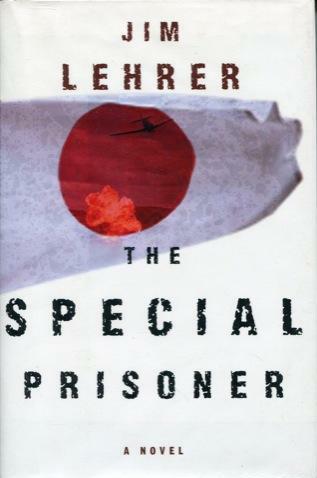The Special Prisoner
Limits of forgiveness
By Mark Schreiber
A version of this review appeared as part of
"A pair of terrifying glances back in time" in
The Japan Times, 15 August 2004 (The Asian Bookshelf)
See also William Wetherall's review of The Special Prisoner
with an overview of the the "treason" case of Tomoya Kawakita.

Jim Lehrer Sunday, Aug. 15 [2004], marks 59 years since the end of the Pacific War. For most of those on both the American and Japanese sides who had roles in the military campaigns of this conflict, the killing came to an end. But imagine, if you will, that you are preparing to board a plane at Dallas-Fort Worth airport when suddenly you recognize the face of an elderly Japanese who brutalized you at a prisoner-of-war camp in Japan back in 1945. And whom you believed you had justifiably murdered at the war's end. What would you do? This is the situation that unexpectedly befalls John Quincy Watson, who, as a lanky, redheaded 20-year old pilot, was shot down on a B-29 raid over Tokyo. Humiliated, permanently crippled and sexually emasculated by the camp's interpreter, a sadistic officer named Tashimoto, Watson, 50 years later, has become a respected Methodist bishop on the verge of retirement, having turned to Christianity in an effort to put his past behind him. When Watson encounters the man he is convinced was his tormentor from half a century ago, however, the doctrine of forgiveness that he has espoused all these years starts to unravel. Determined to confront the elderly Japanese (whose name indeed turns out to be Tashimoto), he follows the man to San Diego, where, after a hostile exchange -- during which the Japanese denies ever having met him -- old wartime hatreds flare up once again. On trial for premeditated homicide, Watson finds he must come to terms not only with his violation of the law, but with the forsaking of his religious oaths. Which is the greater crime? And how does he reconcile them? Jim Lehrer -- a respected news anchor with America's Public Broadcasting System -- adds a new twist to a formula that has been a literary standby since Pierre Boulle's 1954 work "Bridge on the River Kwai." |